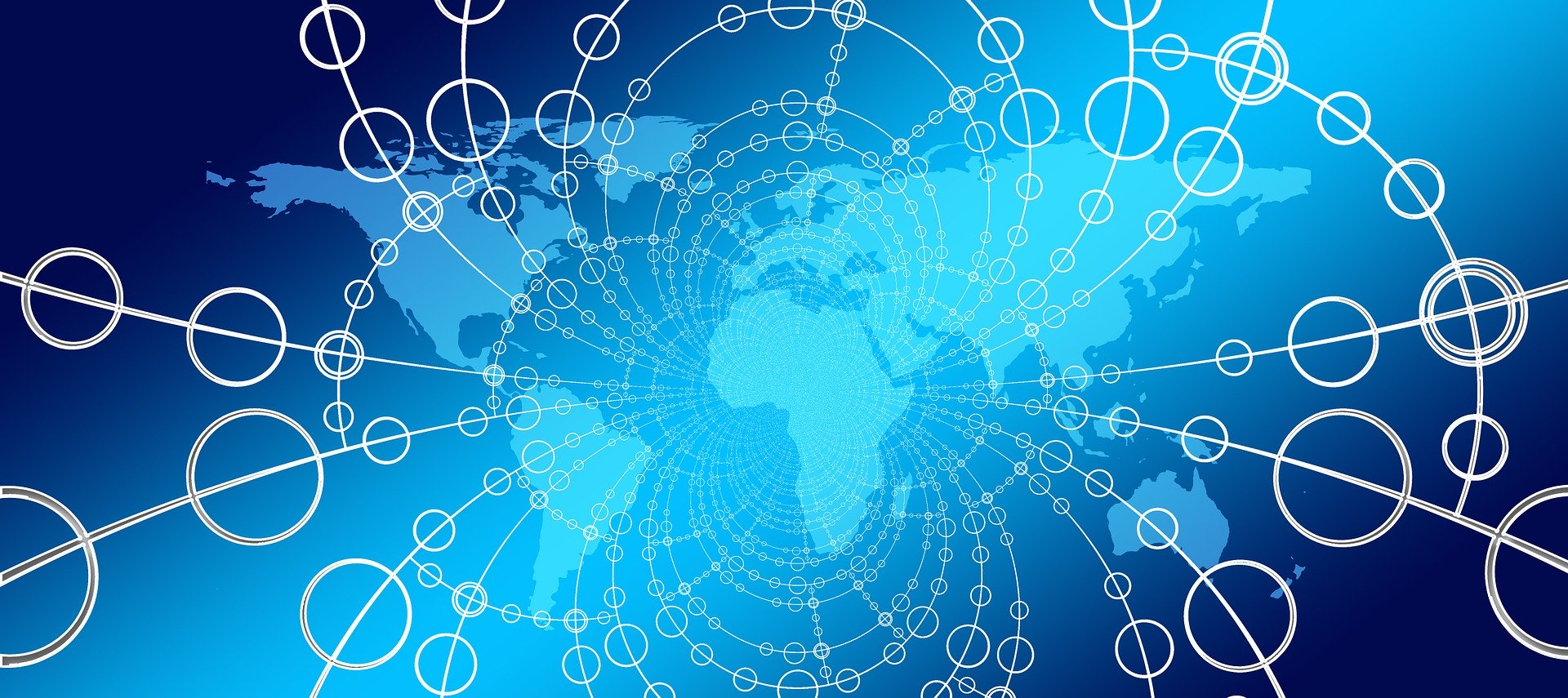The Coronavirus disease (COVID-19) is having a profound impact on many people, both personally and professionally. The World Climate Research Programme (WCRP), as with many other programmes and organizations, has a community that now predominantly works from home and who are facing new pressures. Many people are even busier than they were before the epidemic, as they plan their days around back-to-back conference calls to be combined with other responsibilities, such as childcare. The postponement and cancelation of some meetings and the reformatting of others as online events have led to a major reshuffling of plans for 2020 and beyond, with great uncertainty about what will and what won't take place.
In terms of climate research, while some people can work from home, others are very dependent on being able to access their labs and field sites. While space-based observations largely continue, land, marine and aircraft observations have decreased significantly, especially in developing countries (Viglione, 2020; WMO, 2020). An Intergovernmental Panel on Climate Change (IPCC) survey of the climate-science community reported that the work of 95 percent of the 351 survey respondents has been impacted by COVID-19 measures (Tollefson, 2020). Many researchers are also adjusting to online teaching and more administrative issues and may no longer be able to easily separate work and home responsibilities.
All of these impacts raise concerns over whether long-term data records can be maintained and about what this will mean in terms of scientific outputs and research funding. Across the world, research funders have begun to implement measures to give clarity and reduce stress (Stoye, 2020), but the long-term effect may not be known for some time. Meanwhile, researchers are also starting to investigate whether there is a correlation between environmental variables – such as temperature, humidity and ultraviolet (UV) radiation – and the number of COVID-19 cases and to consider the parallels between the epidemic and the challenge of climate change and extreme weather (Copernicus Climate Change Service, 2020; WMO, 2020b).
How this will impact the IPCC Sixth Assessment Report (AR6) process, due to be completed next year, is also a key question. The IPCC community survey suggests that a delay of several months may be possible (Tollefson, 2020). Partly in response to this survey, but also taking into account other considerations associated with the AR6 process, the Working Group I (WGI) Fourth Lead Authors Meeting (LAM4) that was planned for Santiago, Chile, in the 1st week of June 2020 has been postponed to the first quarter of 2021. In the interim, the WG1 Technical Support Unit (TSU) and Bureau have planned a series of teleconference-based pre-LAM activities to meet the objectives for LAM4, beginning in the 1st week of June but planned over three months. This builds on experience gained from the AR6 Working Group III e-LAM held last week (IPCC, 2020).
On a positive note, at no time in the past has the research community had such a clear opportunity to consider new ways of working. Conferences and meetings that previously would never have been considered as online events are now proceeding as such with great success. Organizations that previously never considered teleworking as a viable option, are finding out that it can work very well with the right support (the WCRP Secretariat is an example). This not only has obvious advantages in terms of reducing global carbon emissions (Quinton, 2020), but it also broadens inclusivity. In terms of meetings, attending a physical event may be difficult for some scientists due to travel restrictions, a lack of access to childcare, disabilities, and health concerns (Viglione, 2020b). In the last weeks, online lectures and discussions have sprung up across social media networks and are making good use of video communications platforms. People are finding new ways of sharing science and exchanging ideas.
That isn't to say that online meetings are always better than face-to-face meetings, as there are advantages and disadvantages to both. Face-to-face meetings are better at building relationships and trust within groups, while virtual meetings are, as we discussed above, generally more inclusive (Heller, 2010). Online meetings are also not always easier to organize. Large conferences face a major organizational effort to hold their events online. The European Geophysical Union (EGU) General Assembly, due to be held in the first week of May 2020, was forced to reimburse registered attendees when the physical event was canceled, although abstract authors will be able to share presentation materials for live online discussion as part of a "Sharing Geoscience Online" initiative that same week (EGU, 2020). The American Geophysical Union (AGU) has already reported that it is planning three scenarios for its December 2020 Fall Meeting, (1) As usual, with a mix of virtual and in-person in San Francisco, CA; (2) Heavier on virtual with some in-person in San Francisco, CA; and (3) 100% virtual (AGU, 2020). As a meeting that usually attracts around 28,000 participants, one can only imagine the internet usage figures it will have to deal with were it to proceed with option 3.
Last, the 41st annual WCRP Joint Scientific Committee (JSC) Session will take place in the week beginning on the 18 May 2020 as an online event – a first in 40 years. While small in terms of meetings such as AGU, EGU, and the IPCC meeting, it could have a lasting effect on how WCRP runs many of its events.
All eyes within the WCRP community will now be on how successful these virtual conferences and meetings will be and what we can learn from this unprecedented time for the future.
Narelle van der Wel
Many thanks to Detlef Stammer, Helen Cleugh, Pierre Friedlingstein, and Pedro Monteiro for their comments on this article. Thanks also to Pedro Monteiro for the latest information on the IPCC WGI LAM4.

Image: Pixabay 1433045

